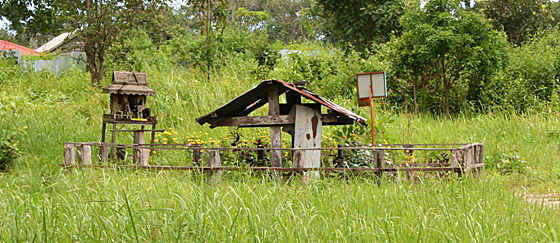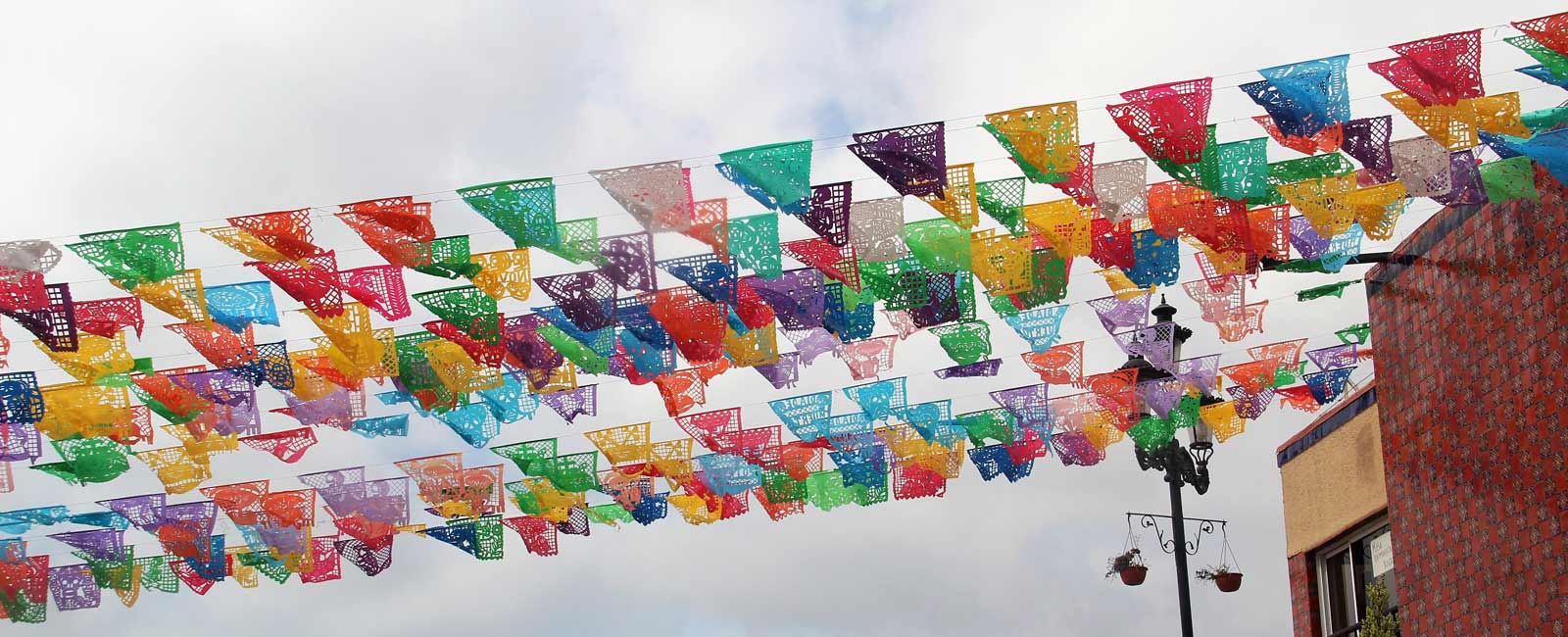Friday, August 10, 2012
What is peace tourism?
What’s the difference between war tourism and peace tourism? Recent tourist attractions in Cambodia have addressed this question. It’s not that Cambodia is any stranger to grim tourist sights. Phnom Penh’s two most famous attractions, Tuol Sleng Genocide Museum and the Killing Fields, are relics of the Khmer Rouge’s bloody reign that killed over 2 million of its own citizens in the name of a communist utopia. Today, tourists and locals alike come in flocks to witness the horrifying setting of some of the greatest human rights abuses in the last half-century. But now the Cambodia is trying two add a few new dark destinations to its must-see sight map. Specifically, Pol Pot’s grave and toilet seat as well as the house of the Khmer Rouge commander, affectionately known as “the Butcher.”
 |
| Pol Pot’s Grave |
So what’s the difference between visiting the Killing Fields and say the Butcher’s last abode? Why, the quality of information provided. While Tuol Sleng and the Killing Fields are flushed with placards giving information about the conditions under the Khmer Rouge and are designed to educate people about such horrific happenings, these new sights have no information besides a “sign that says ‘please help to preserve this historical site.’” The big question: is it okay to profit from Pol Pot and his Khmer Rouge’s atrocities? And moreover, how can we distinguish between profiteering and education?
In order to answer these, let’s look back at our first question: what’s the difference between war tourism and peace tourism? The intention with which you approach your travel experience is what will decide. We can use the example of Pol Pot’s grave versus the Tuol Sleng Genocide Memorial. The Tuol Sleng Memorial is designed to educate and produce a reaction; that is, to make sure we learn from these past atrocities so that we as human beings will not continue to make them. That is peace tourism: learning the consequences of war so that we can appreciate and uphold the necessity of peace. Pol Pot’s grave with its lack of information about the man it contains does not do this. It is a form of war tourism because it fetishizes rather than educates. It is your responsibility as a traveler, especially to a recently war torn nation, to respect this history of the place you’re a visiting. Be conscious. And before you go out, ask yourself, what is it that I am trying to learn from this? Why do I travel?
Global Education,Live Learn Travel,Peace Works Travel,Political Thoughts
